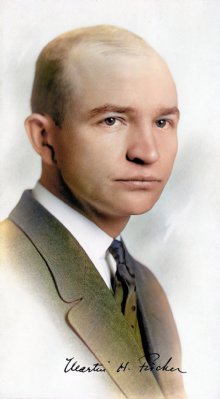A work discussing the role of cholinesterase in the specificity of neuromuscular transmission and the relationship between nerve impulses and muscle activation.
 Martin H. Fischer, born 1879 in Germany. Explore his journey in medicine, scientific achievements, and famous quotes.
Martin H. Fischer, born 1879 in Germany. Explore his journey in medicine, scientific achievements, and famous quotes.
More about Martin H. Fischer